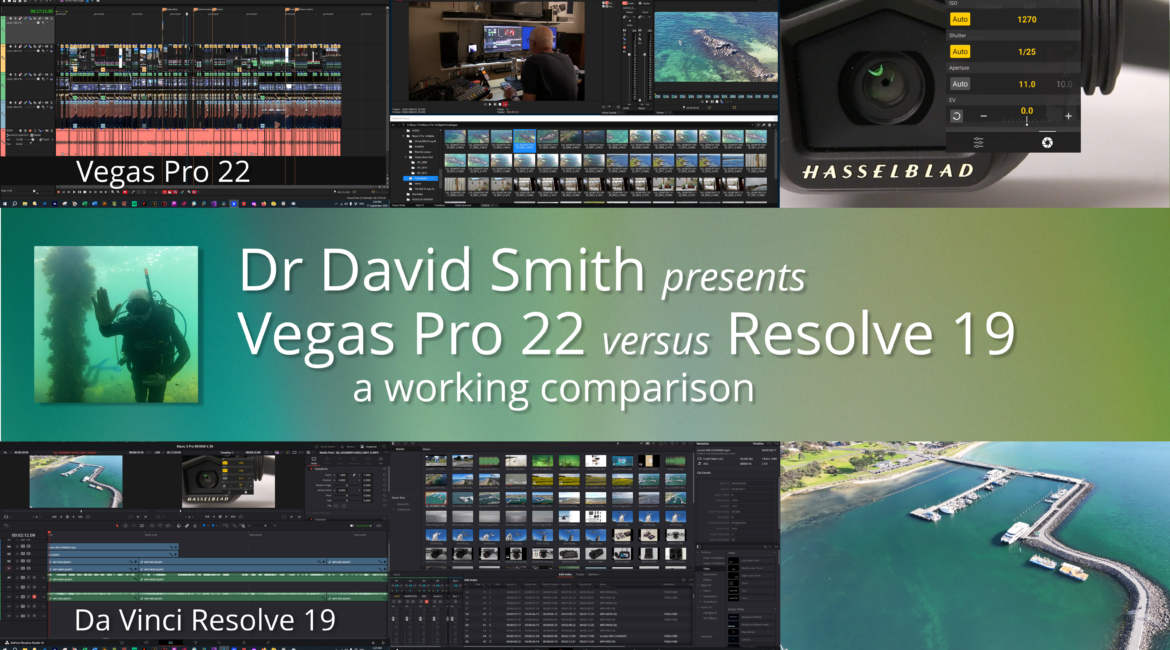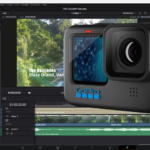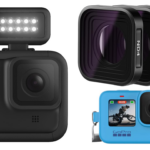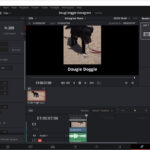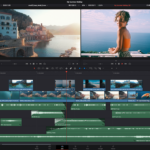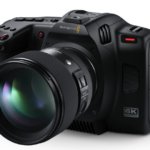Dr David Smith is a long time professional user of Vegas Pro, but decided to have a look at DaVinci Resolve and compare the two. here is what he found.
I’ve been a professional user and staunch advocate of Vegas Pro since it was Video Factory developed by Sonic Foundry about twenty five years ago. Vegas had its origins as a multi-track audio workstation that morphed into a fully-featured non-linear video editing system that was very different to the other NLEs available at the time.
Vegas was format agnostic which meant you could throw virtually any kind of video, audio or graphics onto the timeline and they would all play perfectly. Vegas ditched the commonly used editing protocol that was a direct derivative of film editing and offered a variety of approaches to editing that, in my experience, were far more intuitive and simple to learn than anything offered by Adobe, Ulead or Edius. Over many years and hundreds of completed videos, I proved beyond doubt that Vegas was quite simply the fastest way to get from an idea to a finished video program.
A major – and unmatched by other NLEs – strength of Vegas is the ability to open multiple instances at once. While working on my current project in the main instance of Vegas, I can open another instance containing the project I worked on previously and which contains a sequence I want to use in the new project. I simply select the audio and video for the sequence I need, copy them, then switch to the main instance and paste them in place.
I can open as many instances as I need, subject to what my system can handle, and can, for example have several projects rendering in different instances while I keep working on my main project. This kind of flexibility is extremely powerful and reflects the fact that you can use Vegas in many different ways, according to how you like to work. You are definitely freed from the need to work in the usual three-point editing model, originally derived from film editing.
The history of Vegas was not without its thorny patches. The 2003 takeover by Sony proved to be disastrous. The program, which had previously been rock solid, became frustratingly unstable. Crashes, glitches and some truly horrible issues – such as a period in which all generated text was suddenly replaced with the word ‘sample’ – were poorly or never addressed by Sony to the point where this richly featured software became difficult and unpleasant to use.
Like many loyal users who vented regularly in the forums, I put up with this disarray because I still managed to produce high quality videos, despite the awful treatment of users by Sony Creative Software. A new takeover by Magix in May 2016 was gratefully received by the thousands of dedicated Vegas Pro users around the world – albeit with fingers crossed that we would get this wonderful software working stably again and with proper professional support from Magix.
Overall, the new experience was far better and, although not perfect, resulted in much better stability and the incorporation of support for the many new codecs and ultra-high resolutions available in the latest cameras.
My latest documentary, Let the Light Shine, was edited entirely in Vegas Pro and was a welcome return to solid stability and easy integration of complex graphics. As always in Vegas, the handling of audio was exemplary. Throughout the entire twelve months of video production for that documentary, there was not a single crash, as you would perfectly reasonably expect. Also welcome was the fact that I could still own the latest version of Vegas without being forced into an expensive Adobe-style subscription payment plan.
A revolutionary option: Da Vinci Resolve
Speaking of costs, when I reviewed the superb 12K cine camera from Blackmagic Design, I needed to use their own Da Vinci Resolve Studio in order to handle the massive 12K video files. Grant Petty, founder of BlackMagic Design, took a completely revolutionary step in the world of video editing systems by releasing the complete Resolve software package absolutely free of charge. In my view the move was incredibly courageous, flying in the face of ever-increasing charges by its competitors and a powerful by many in the industry towards the unpopular but largely unavoidable subscription model.
One consequence of having lived and breathed in the Vegas Pro world for more than two decades was that I initially found using Resolve very difficult to use. That would obviously be true whichever non-Vegas software I tried to switch to, so I gave myself a little challenge: I would edit the entire review video of my Mavic 3 Pro in Resolve. In this video I show some of the really useful tricks and shortcuts I discovered and compare them to the equivalents in Vegas Pro.
Da Vinci Resolve is a massive application which comes in two versions. The free version is complete, having all the bells and whistles you’ll ever need, except that it won’t handle video at greater than 4K resolution, and it can’t control the vast array of superb Blackmagic Design hardware modules. To get everything, you have to buy Resolve Studio but even that is remarkably cheap at just AUD$495 for a perpetual license.
For this comparison I edited my video in Resolve Studio 19. I then ported it across via an EDL (edit decision list) file into Vegas Pro 22. I’ll now go through some of the most common editing procedures and show how they are achieved in Resolve and Vegas. Bearing in mind that I have long experience in Vegas and very little experience in Resolve, there may well be other, better options and approaches in Resolve that I couldn’t find.
There are many video tutorials and PDF instruction manuals available for Resolve and the main user manual is also available as a PDF. But brace yourself, it is HUGE – at around 4,000 pages! Unfortunately, I found it quite difficult to find out how to do even the simplest things. There is a bound, almost 400-page book, called The Definitive Guide to DAVINCI RESOLVE 15 which is well written and mostly very helpful but I still couldn’t find these most basic steps addressed. This is what I hope to achieve in this video.

